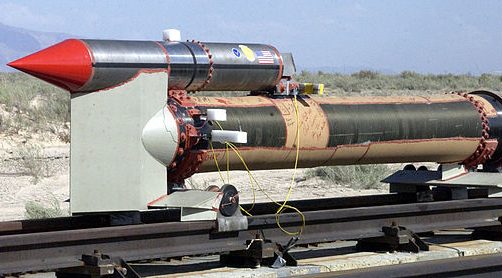Font size:
Print
New Algorithm Enhances Precipitation-Type Classification Over Tibetan Plateau
Context:
Researchers from the University of Science and Technology of China (USTC) have unveiled a new algorithm that significantly improves the classification of precipitation types over the Tibetan Plateau.

More on News:
- Current algorithms, based on observations from non-plateau regions, often fail to accurately classify precipitation types in this complex terrain.
- The study proposes an improved precipitation classification algorithm better suited to unique and complex region conditions.
Precipitation plays a dual role in our lives: it sustains vital water sources like rivers and fields, yet it can also trigger devastating floods, landslides, and other natural disasters. Accurate understanding and prediction of precipitation types are crucial for mitigating these effects. However, in some regions, such as the Tibetan Plateau, this task is fraught with challenges.
Key Highlights:
- The Tibetan Plateau’s unique geography presents significant difficulties for both ground-based and satellite observations of precipitation.
- This is because the plateau’s high altitude often places it near the freezing level of the atmosphere, which can lead to confusion between weak convective and stratiform precipitation.
- A study from USTC in collaboration with China Meteorological Administration addresses these issues by identifying problems with existing precipitation-type identification algorithms and introducing a new, more nuanced algorithm.
- The new algorithm considers additional parameters like maximum reflectivity factor, background maximum reflectivity factor, and echo top height.
- It classifies precipitation such as “strong convective,” “weak convective,” “weak,” and “other,” reducing identification errors significantly.
Implications:
- The new algorithm has potential benefits for weather forecasting and modelling in mountainous regions like the Tibetan Plateau, where traditional methods fall short.
- One of the next steps will be to confirm the existence of stratiform precipitation over the Tibetan Plateau during the summer months.
- A task that remains challenging due to limitations in satellite-borne precipitation radar measurements.


